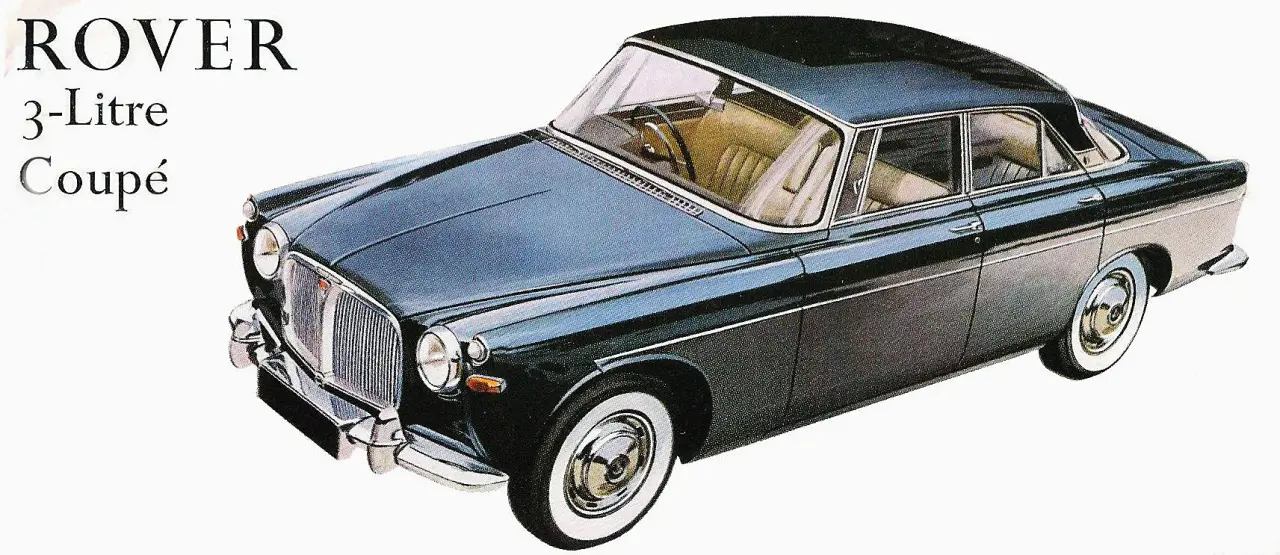THE ROVER P5 3-LITRE COUPE AT SIXTY
07 November 2022
In October 1962, Rover announced its line-up for 1963. The P4 was now made in 95 and 110 forms, while the P5 was facelifted as the Mk. II with a more powerful engine and modified suspension. Most importantly, there was a new 3-Litre Coupe which offered the discerning motorist "a new sleekness of line and fleetness of foot".
Rover's stylist David Bache created a coupe version of the P5 when he developed the 3-Litre in the 1950s. However, the company's limited resources meant the former debuted four years after the latter's introduction in 1958. It is sometimes forgotten that the P5's wheelbase is shorter than the P4, and in the hands of a lesser designer, the Coupe would have resembled the average tank. The reality was an extremely well-proportioned machine, purposeful yet elegant. Bill Boddy described it as "a car which in appearance seems to have just happened, for surely it cannot have been 'styled'?" but Bache's genius is evident in every angle.

Compared with the Saloon, the Coupe had the same engine, but in addition to a 2 ½ inches lower roofline, the instruments now included a tachometer and an oil pressure gauge. The rear seating anticipated the layout of the P6, with a second cigarette lighter between two armchairs, while the driver's seat benefitted from height adjustment.
In short, this was the ideal Rover for the sporting chap or chappess who could afford £2,062 2s 6d, or £2, 130 17s 9d for the automatic version. Such motorists tended to regard the Humber Super Snipe and Vanden Plas Princess 3-Litre as rather staid, the Jaguar 3.8 Mk. 2 as slightly unrefined, the Mk. X is too large, and the Daimler 2.5 V8 as a little too sedate.
Autocar warned, "Even the exuberance of youth would be quickly tempered after a brief spell behind the wheel". However - "When a fast mood takes one the car responds eagerly, and covers distances and with inconspicuous efficiency". No true P5 enthusiast would think of drawing attention to themselves, and for this reason some enthusiasts prefer the 3-Litre Coupe to its 1967 3.5-litre P5B replacement. After all, plain hubcaps are far more discreet than Ro-Styles.
Rover claimed the Coupe represented a "passport to the world of faster motoring" and it is entirely possible to envisage David Niven or Kenneth More behind the wheel. Or even John Steed employing Rover's flagship to fight crime when the Bentley was being serviced. For such gentlemen, nothing short of "One of the world's best-engineered cars would suffice".
